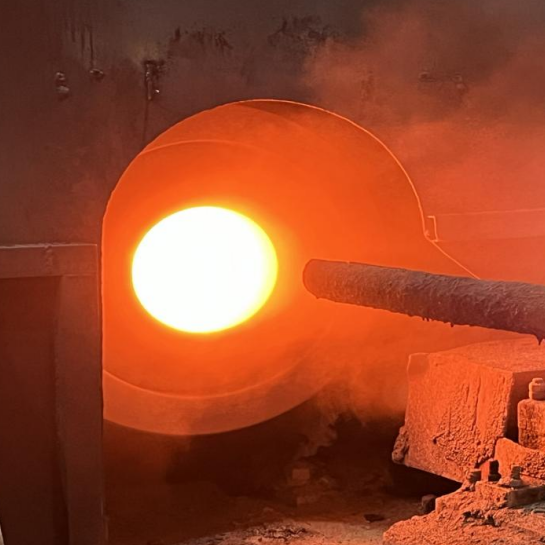How do hand held thermal camera work?
A hand held thermal camera, also known as a handheld thermal imager, operates through a series of intricate processes that convert infrared radiation into visible images, allowing users to detect and visualize heat signatures.
At the core of a hand held thermal camera is an infrared detector. This detector is designed to sense infrared radiation, which is emitted by all objects with a temperature above absolute zero. Different objects emit varying amounts of infrared radiation based on their temperature; hotter objects emit more infrared energy than cooler ones. The detector contains an array of tiny sensors, each of which measures the intensity of the incoming infrared radiation within its field of view.
Once the infrared detector captures the radiation, it converts this energy into an electrical signal. The strength of the electrical signal corresponds to the amount of infrared radiation detected by each individual sensor in the array. These electrical signals are then processed by a specialized circuit board within the handheld thermal imager.
The circuit board uses sophisticated algorithms to interpret the electrical signals and translate them into a digital format. This digital data represents the distribution of infrared radiation across the scene being viewed by the camera. To make this data useful to the user, the camera's software assigns different colors or shades to different levels of infrared radiation. For example, hotter areas might be shown in bright colors like red or white, while cooler areas appear in blues or purples. This color - coding, known as a color palette, helps users quickly identify temperature differences and hotspots within the image.
The processed digital data is then sent to a display screen on the hand held thermal camera. The screen presents the thermal image, allowing users to observe heat patterns in real - time. Some handheld thermal imagers also have additional features, such as the ability to measure the temperature of specific points or areas within the image. This is achieved by using the known relationship between the intensity of infrared radiation and the object's temperature, based on calibration procedures during the camera's manufacturing process.
In summary, a hand held thermal camera works by detecting infrared radiation, converting it into electrical signals, processing those signals into digital data, assigning colors to represent temperature differences, and finally displaying the thermal image on a screen, enabling users to analyze heat patterns in their surroundings.


